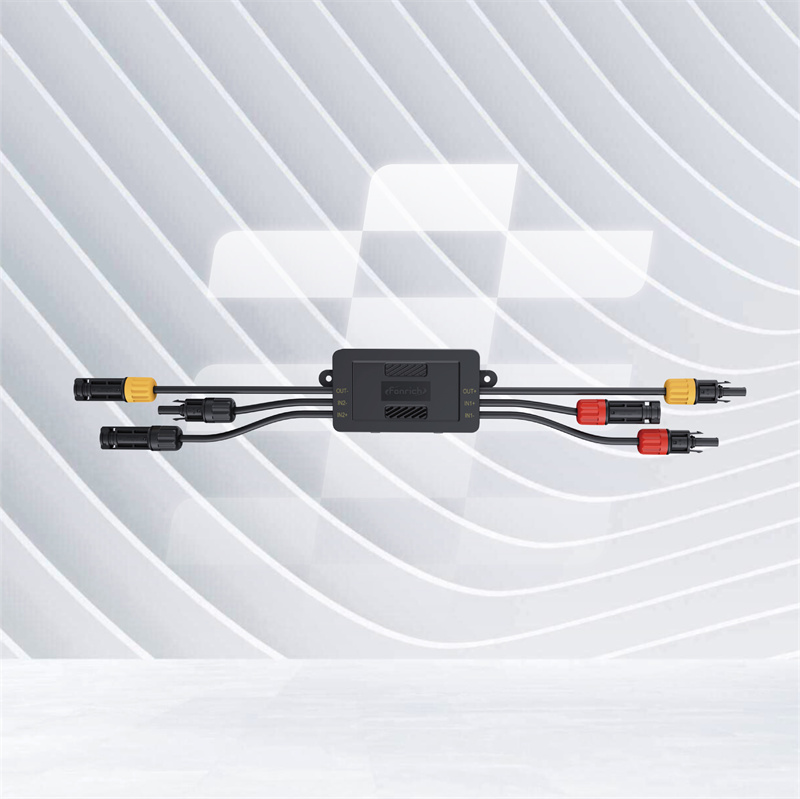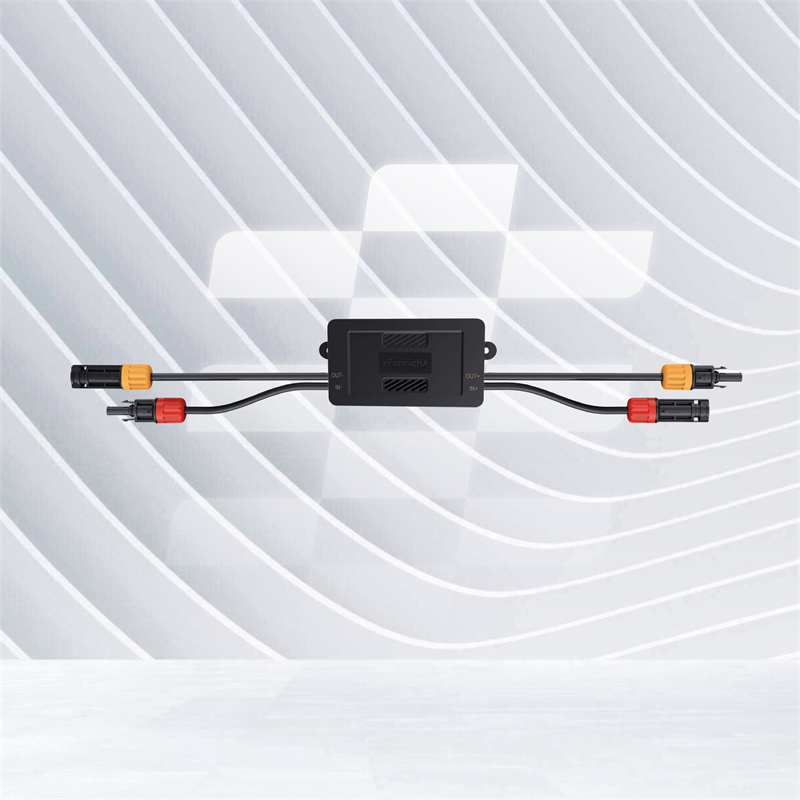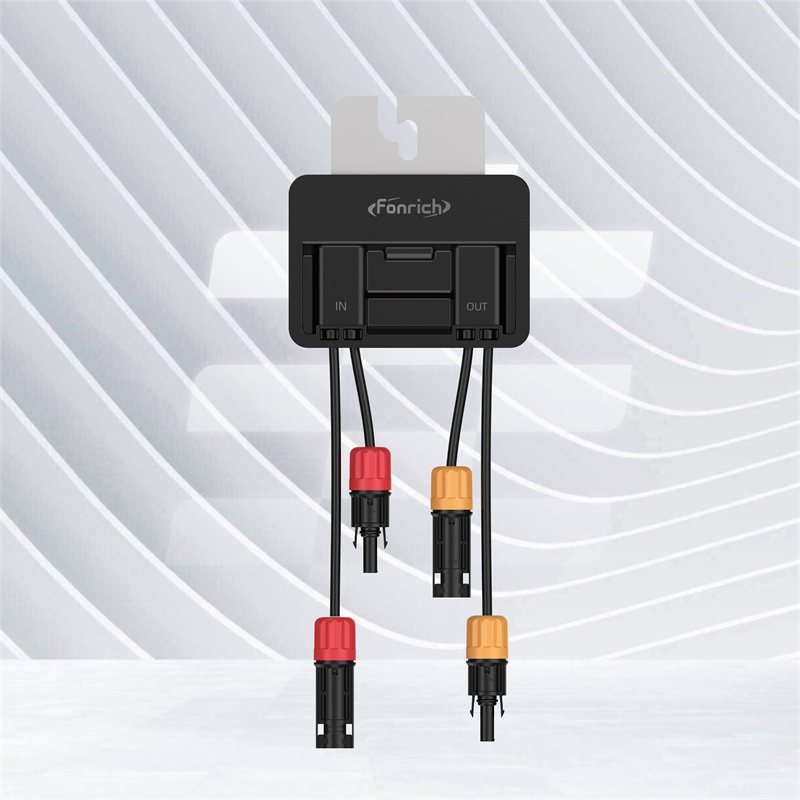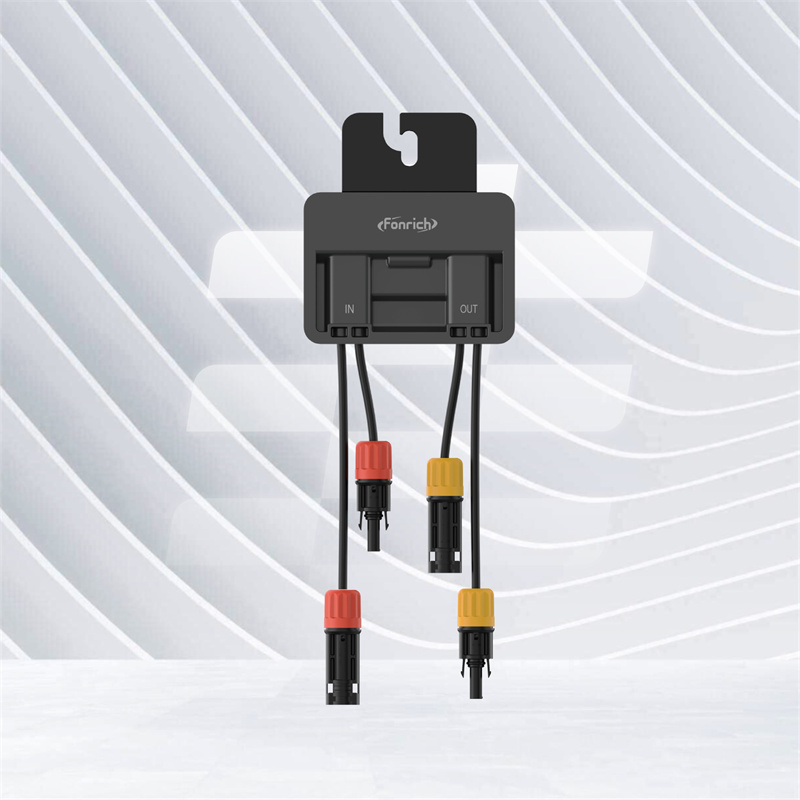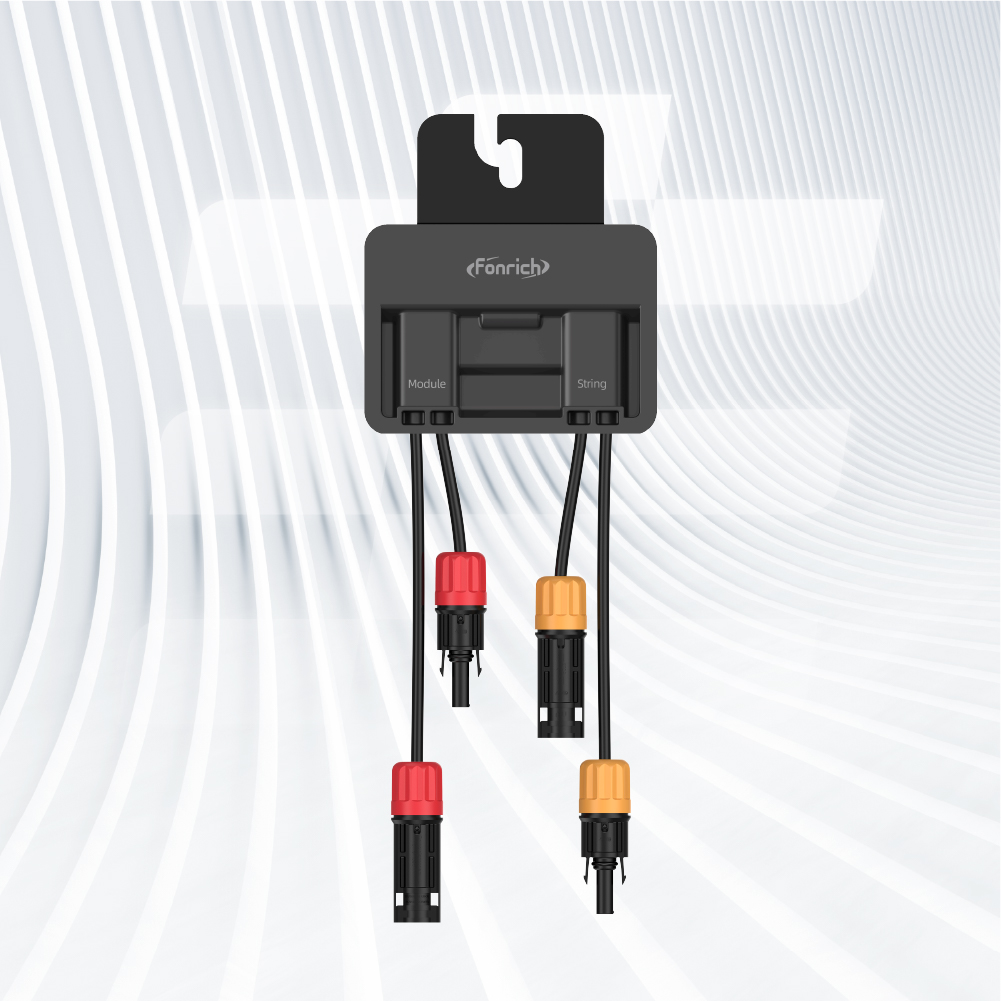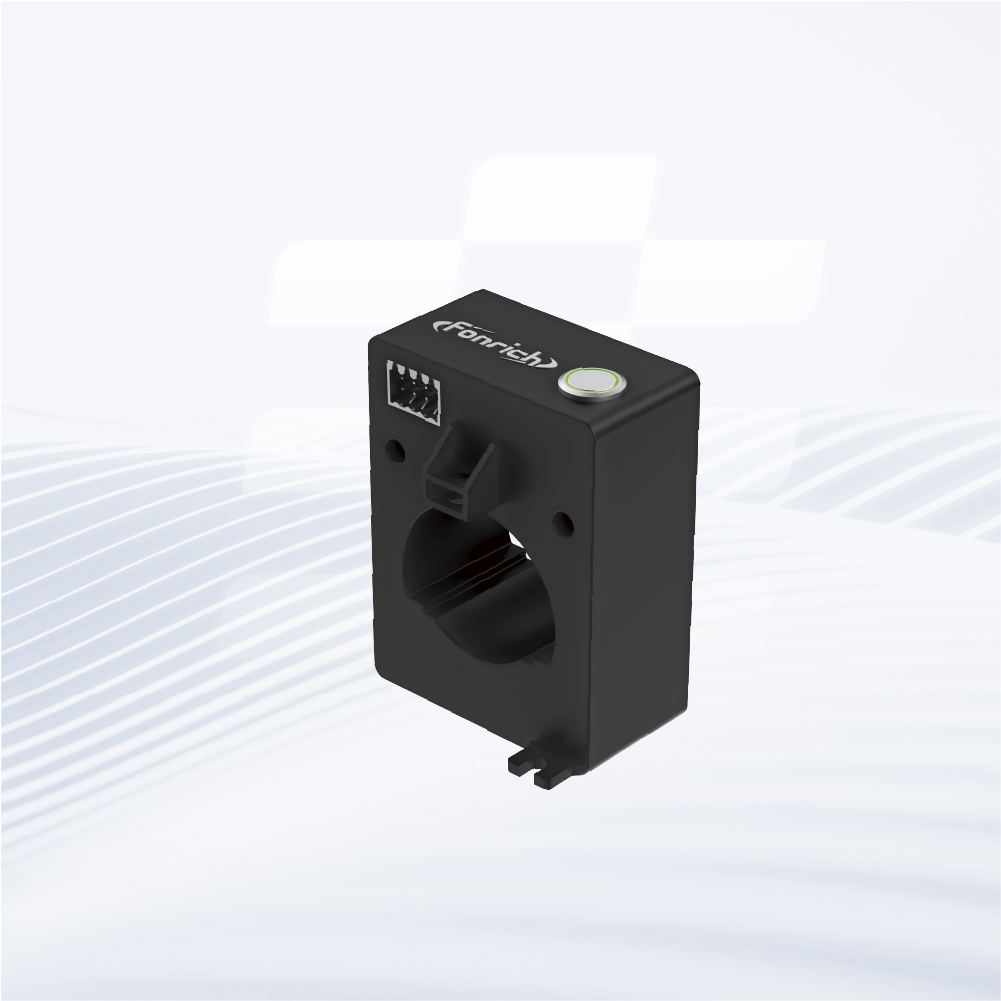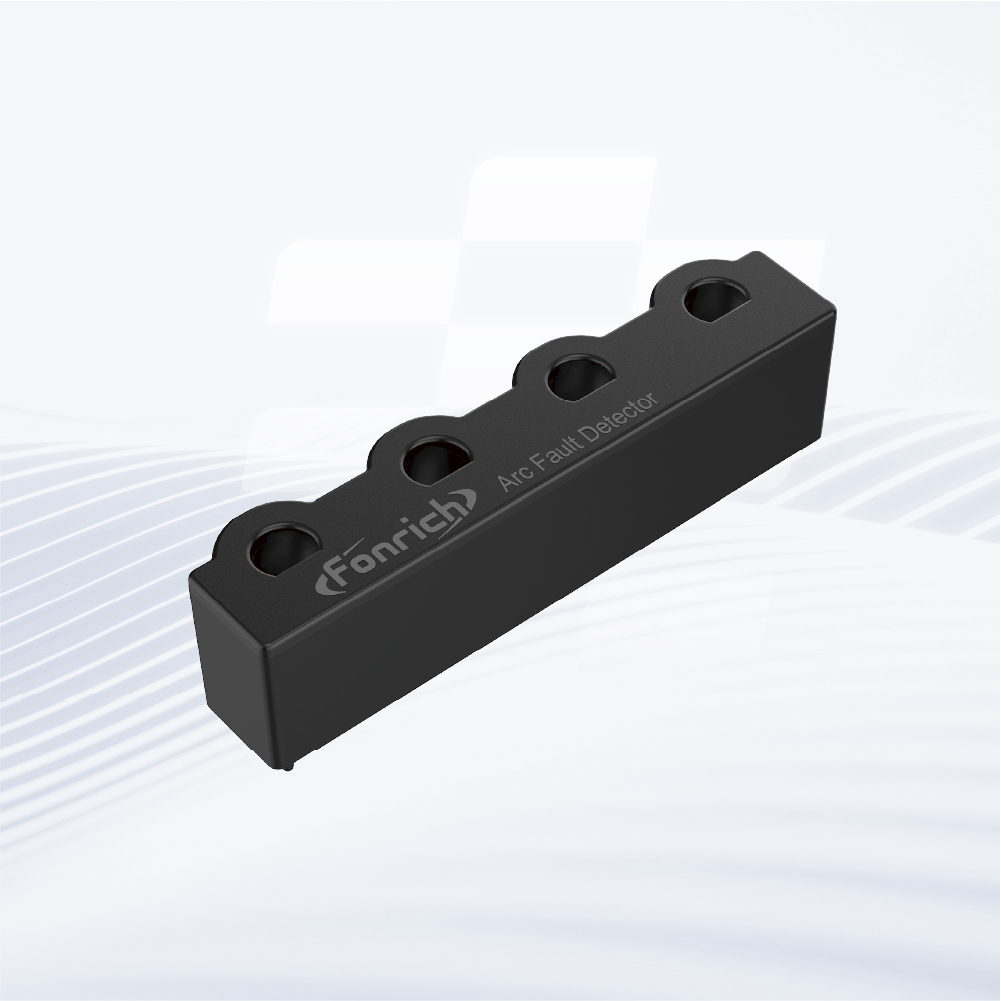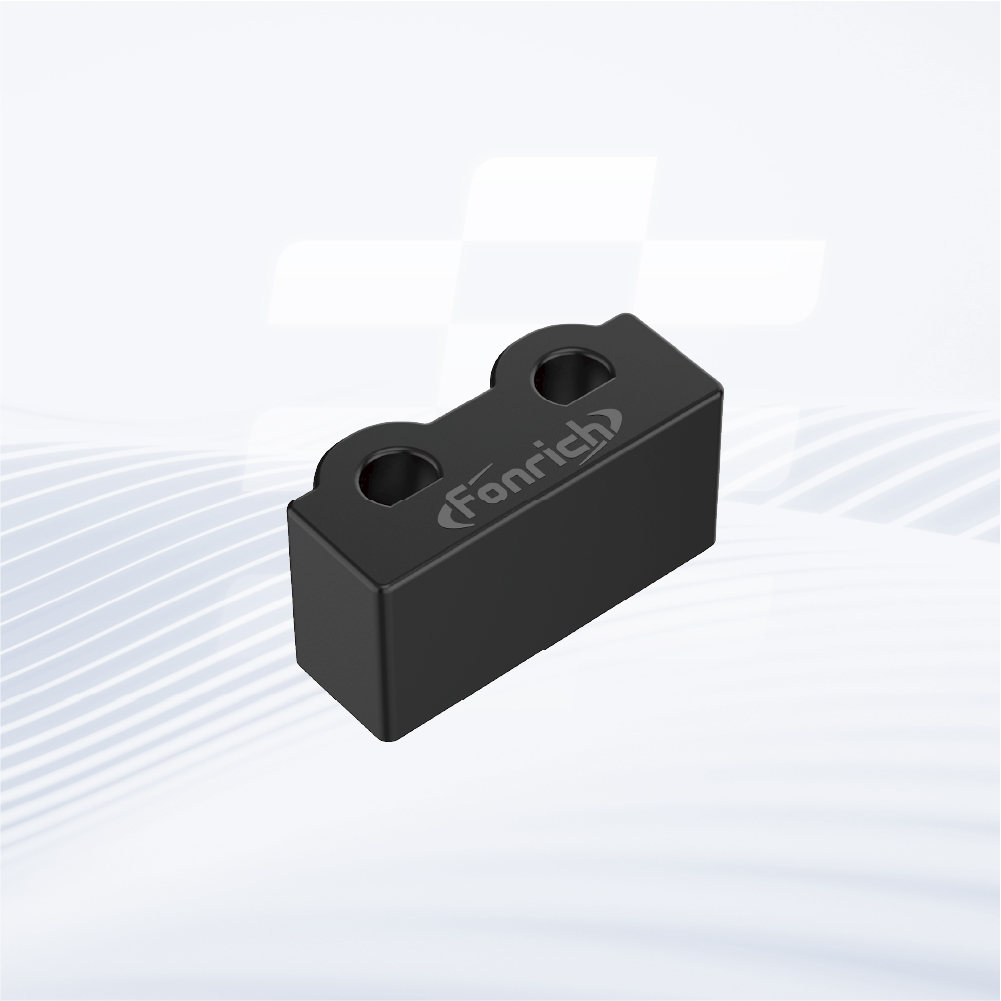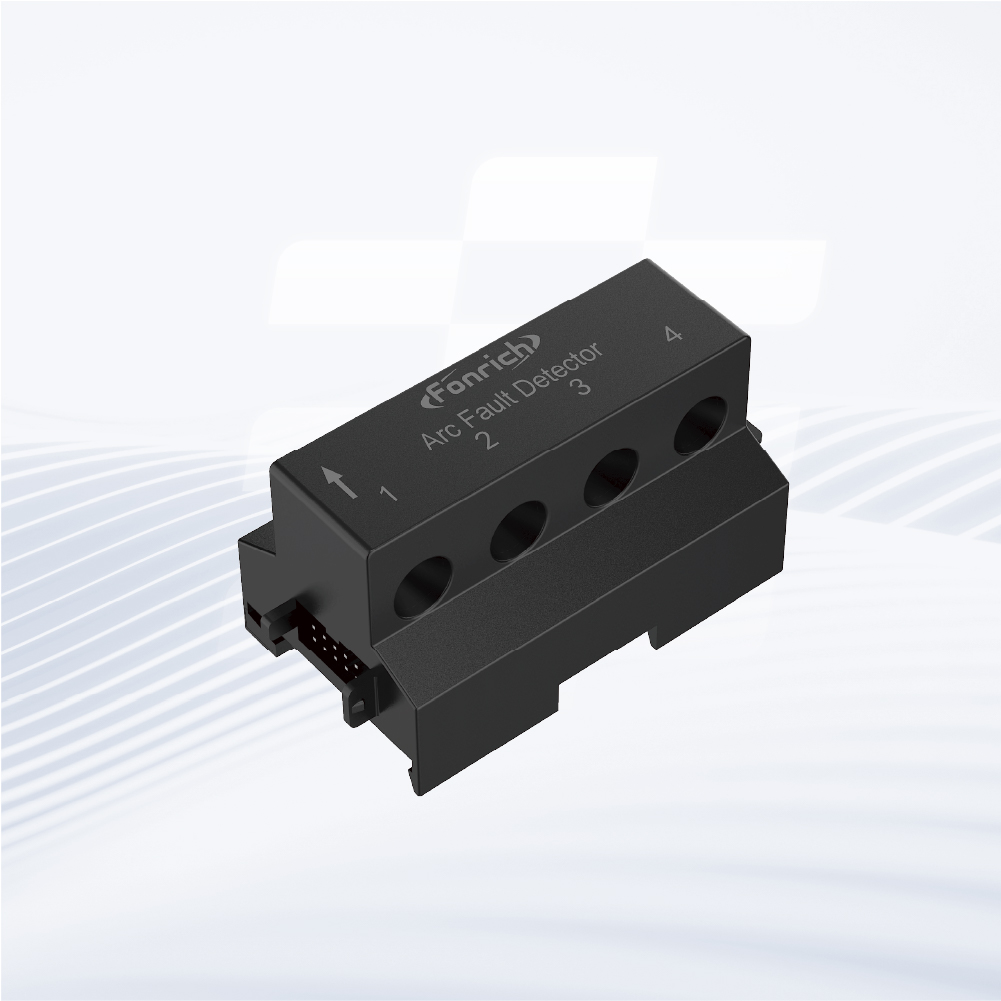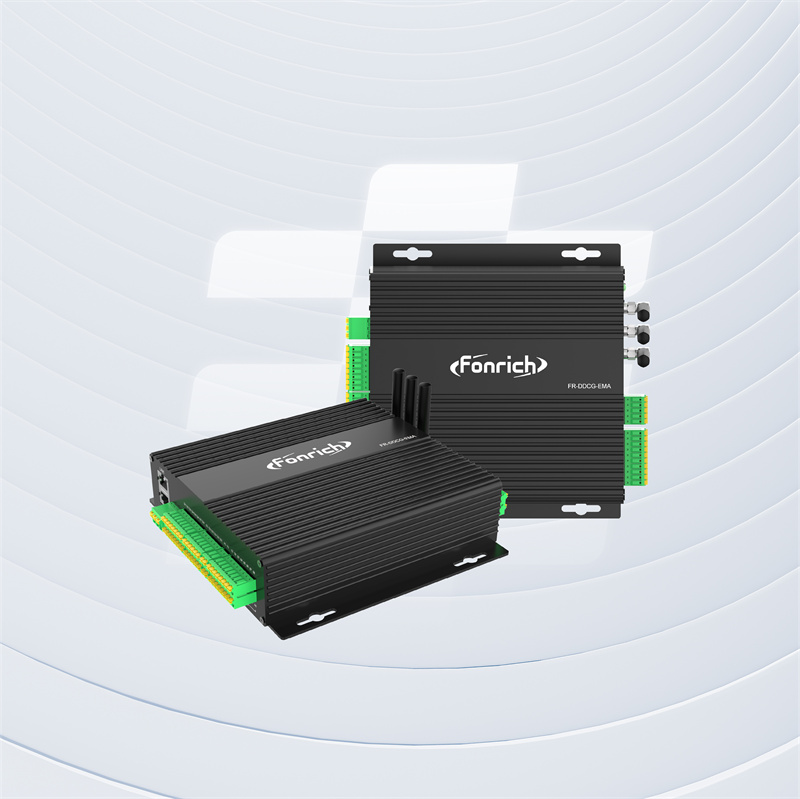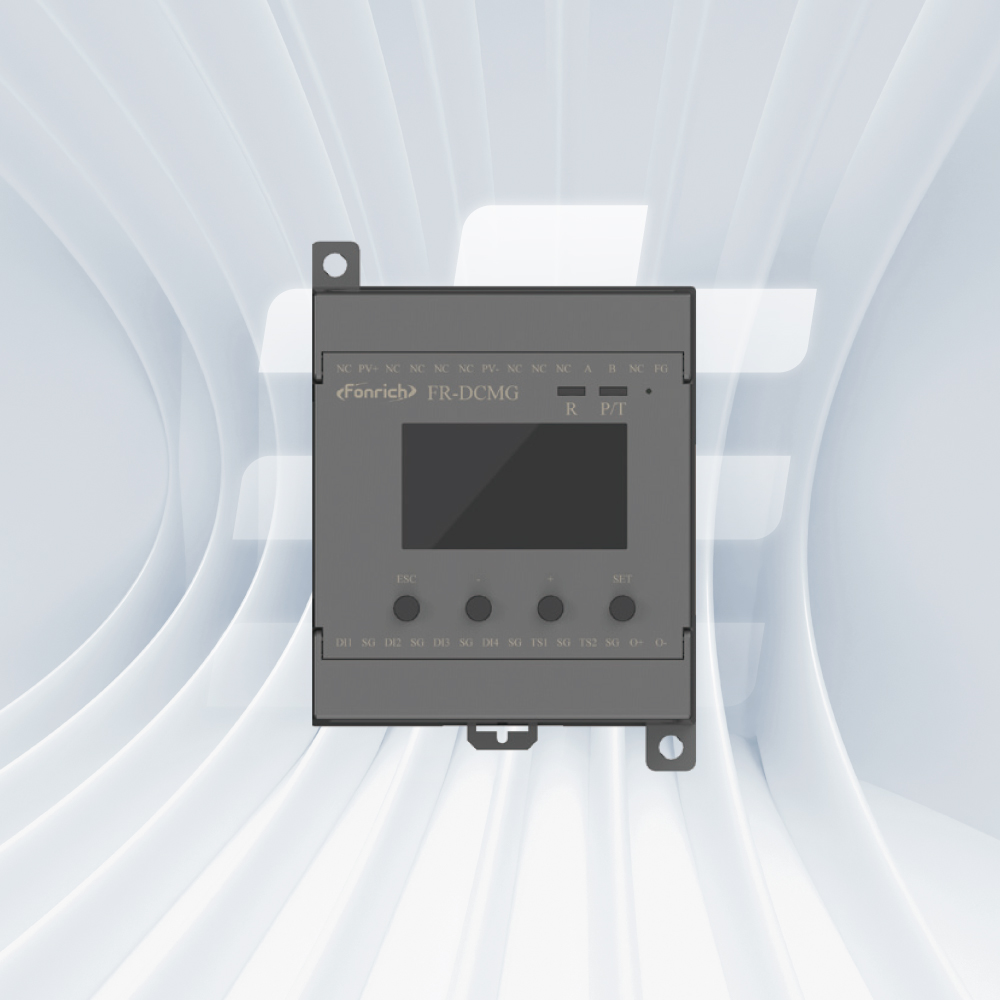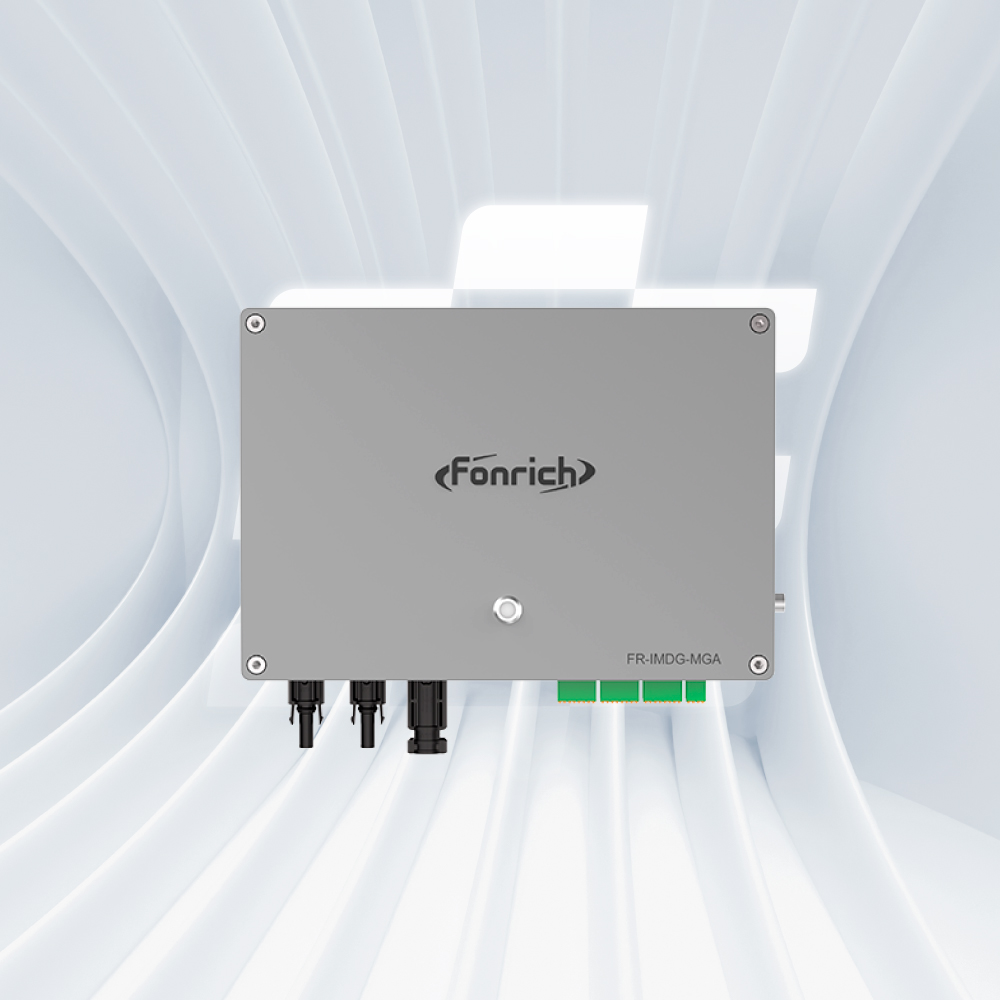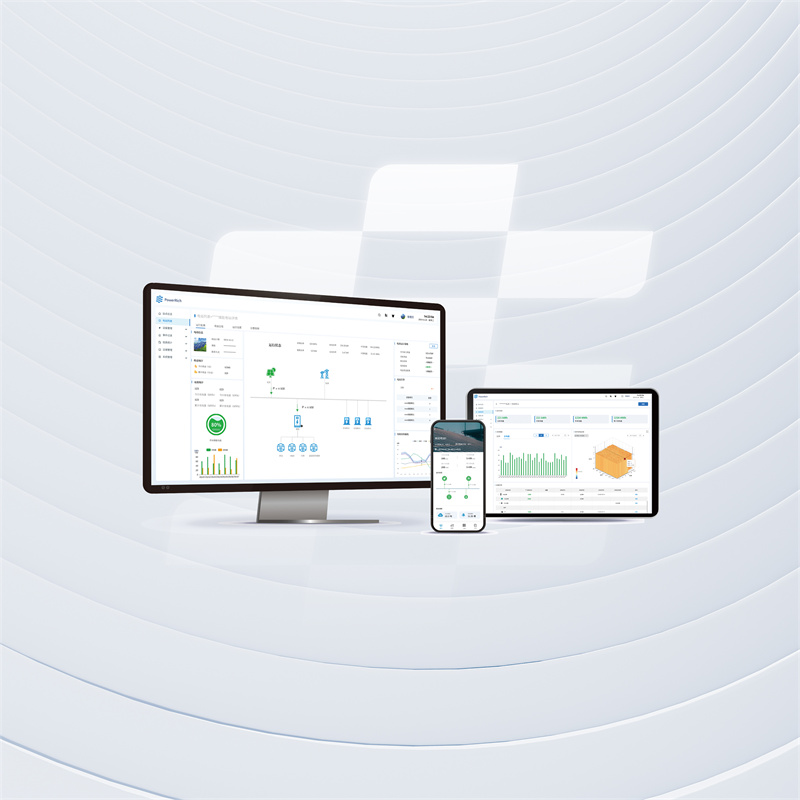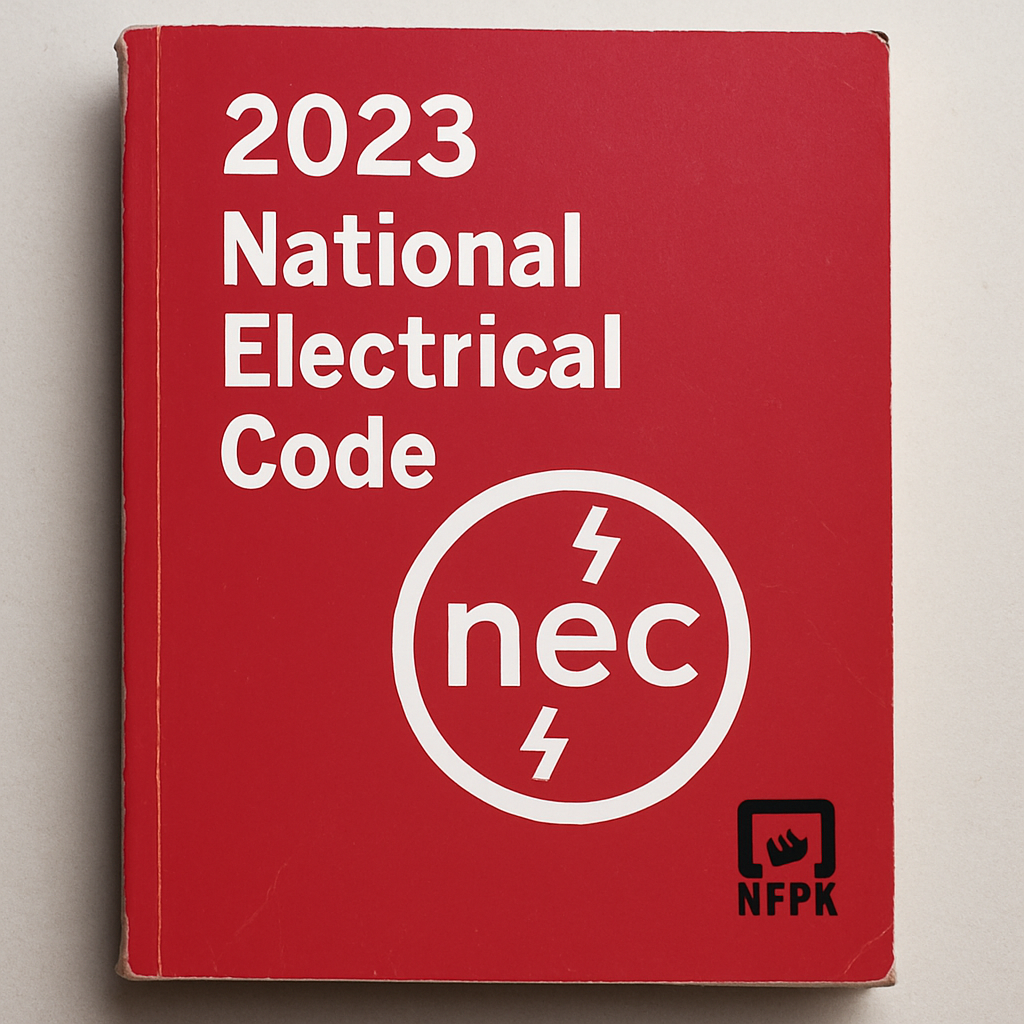 Language
Language
Understanding Module Level Rapid Shutdown Systems
Ensure your solar installations meet NEC standards with module level rapid shutdown systems, offering top-notch safety for first responders and seamless compliance.
Understanding Module Level Rapid Shutdown Systems
In the evolving landscape of solar energy, safety has become a paramount concern. With increasing installation of photovoltaic systems, the need for effective safety measures has also grown. Among these measures, the
产品接线.png)
At its core, a
How Does Solar Rapid Shutdown Work ?
The
In essence, when the rapid shutdown is initiated, it isolates the solar panels, ensuring that the direct current (DC) voltage drops to a safe, predetermined level. This process is crucial during situations such as a fire, where reducing the risk of electrical shock is essential.
The Importance of Rapid Shutdown in Solar Systems
Compliance with NEC Requirements
The National Electrical Code (NEC) has recognized the importance of rapid shutdown systems and has incorporated specific requirements to enhance safety. For instance, the
Enhancing Safety for First Responders
One of the primary motivations behind the NEC's
Protection for Maintenance Personnel
Beyond emergency situations, rapid shutdown systems also play a significant role in protecting maintenance personnel. When maintenance or repair work is necessary, technicians can safely work on the system without the risk of encountering live electrical components. This not only enhances safety but also improves the efficiency of maintenance activities.
Types of Rapid Shutdown Systems
Module-Level Rapid Shutdown
Module-level rapid shutdown systems are designed to isolate each individual solar module during shutdown. This approach allows for more precise control and ensures that each module's voltage is safely reduced. By focusing on individual modules, this system provides enhanced safety and compliance with NEC regulations.
String-Level Rapid Shutdown
In contrast, string-level rapid shutdown systems isolate entire strings of solar panels during shutdown. While this approach is less granular than module-level systems, it still provides a significant reduction in voltage across the array. It's a viable option for installations where module-level control is not feasible or necessary.
Key Components of a Rapid Shutdown System
Rapid Shutdown Device
A rapid
Rapid Shutdown Switch
The rapid shutdown switch acts as the control mechanism for initiating the shutdown. It can be located at a convenient point, such as near the main electrical panel or at the solar array itself. The switch provides a straightforward method for activating the rapid shutdown process, ensuring quick response in emergency situations.
Rapid Shutdown Combiner Box
A
Meeting the NEC 2020 Rapid Shutdown Requirements
The NEC 2020 further refines the requirements for rapid shutdown systems, emphasizing the need for advanced safety features. Compliance with these updated regulations is essential for ensuring the safety and efficiency of solar installations.
UL 3741 Certification
The UL 3741 certification is a standard that evaluates the safety and performance of rapid shutdown systems. Achieving this certification demonstrates compliance with NEC requirements and assures the effectiveness of the system in reducing voltage and safeguarding personnel.
Integration with Solar Inverters
Modern rapid shutdown systems often integrate with solar inverters to enhance their functionality. This integration enables seamless communication between the inverter and the rapid shutdown devices, ensuring a coordinated response in emergency situations.
Real-World Applications and Benefits
Residential Solar Installations
In residential settings, rapid shutdown systems provide homeowners with peace of mind, knowing that their solar installations are equipped with the latest safety features. This not only protects their property but also ensures the safety of their family and community.
Commercial Solar Projects
For commercial projects, rapid shutdown systems are essential for meeting regulatory requirements and maintaining operational safety. Businesses can confidently invest in solar energy, knowing that their installations are equipped with robust safety measures.
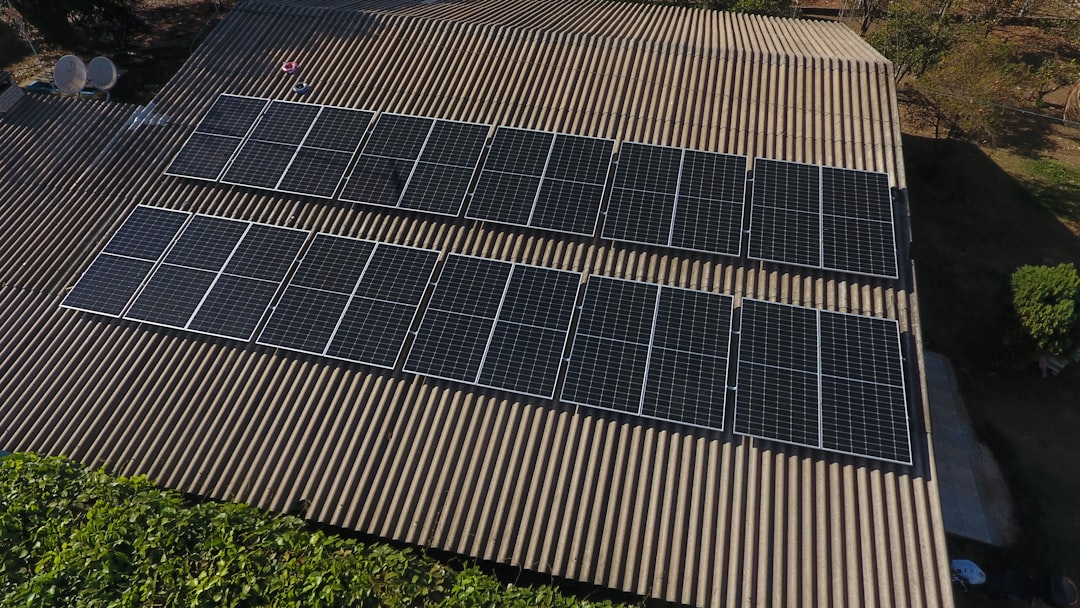
Conclusion
Understanding the importance of module-level rapid shutdown systems is crucial for anyone involved in the solar industry. These systems not only ensure compliance with NEC requirements but also provide invaluable protection for first responders, maintenance personnel, and property owners.
By integrating advanced technologies and adhering to industry standards, rapid shutdown systems play a vital role in enhancing the safety and efficiency of solar energy systems. As the solar industry continues to grow, investing in reliable rapid shutdown solutions will remain a top priority for ensuring the safety and sustainability of solar installations worldwide.
FONRICH NEW ENERGY
Improving solar power generation efficiency, while ensuring proactive safety management
Product inquiry: Leave a message here
Contact: info@fonrich.com

